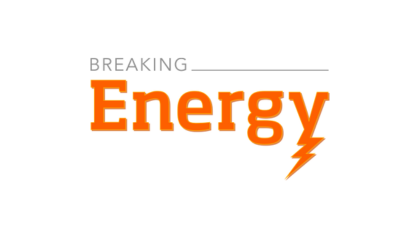
The Berlin-based Heinrich Böll Foundation, a think tank close to Germany’s Greens, argues that Germany could – with the right policies – go 100% renewable by 2050, even as it phases out nuclear power and sticks to EU carbon emission limits.
Germany’s current target, embraced by the Merkel administration, is 80% clean energy by mid-century. Keep reading →






